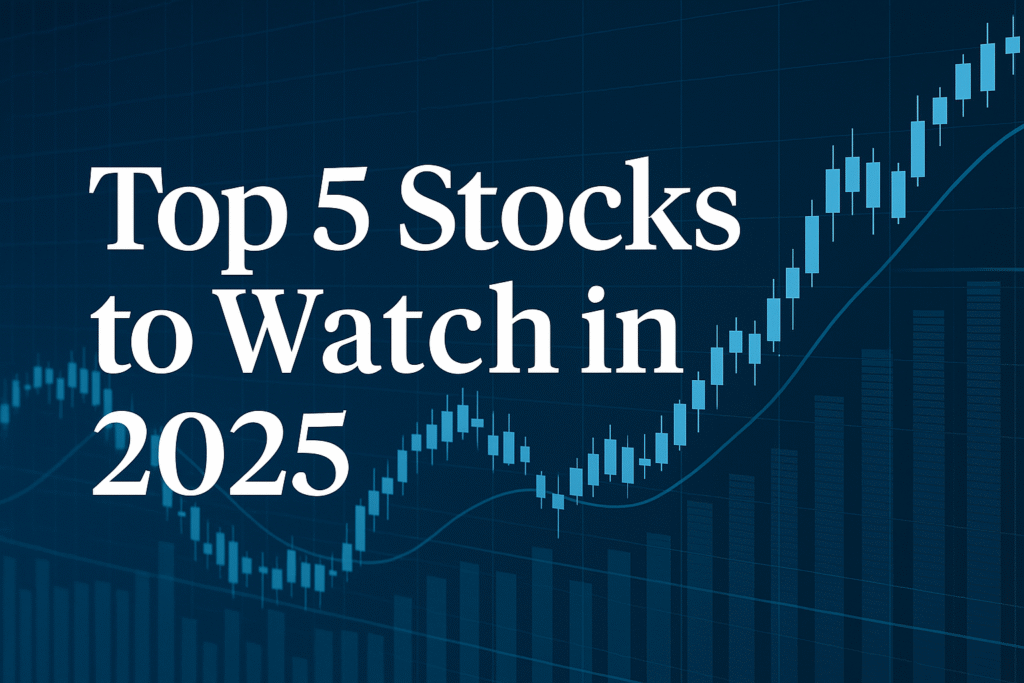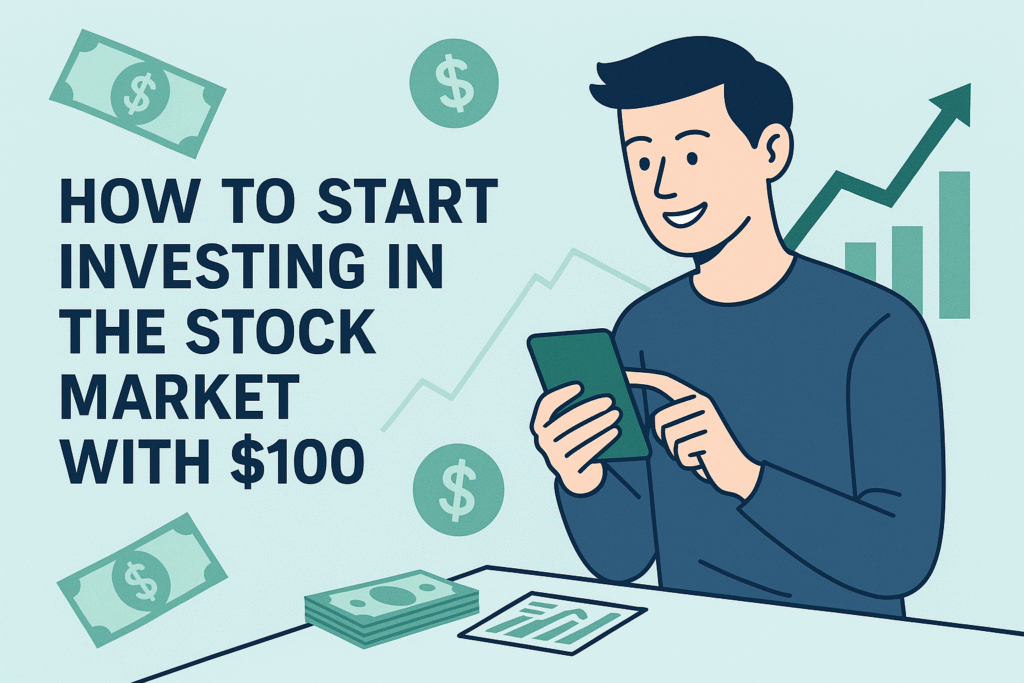Imagine earning money while you sleep — not through luck, but through strategy.
That’s the promise of dividend investing: a proven way to generate steady, passive income while your wealth grows over time.
In a world obsessed with quick profits and trading apps, dividend investing rewards patience and consistency.
It’s not about timing the market — it’s about owning it.
Let’s break down how it works and how you can start building real passive income through dividend-paying stocks.
1. What Is Dividend Investing?
Dividend investing means buying shares of companies that regularly share a portion of their profits with investors.
These payments — called dividends — are usually distributed quarterly in cash or reinvested automatically into more shares.
💡 Example:
If you own 100 shares of a company that pays a $0.50 quarterly dividend, you’ll earn $50 every three months — just for holding the stock.
The more you invest, and the longer you hold, the more your income compounds over time.
2. Why Dividend Investing Works
Dividend investing isn’t about chasing fast gains — it’s about stability and growth.
Here’s why it’s such a powerful wealth-building strategy:
✅ Consistent cash flow: Dividends provide income even when stock prices dip.
✅ Reinvestment power: Reinvesting dividends accelerates compound growth.
✅ Lower volatility: Dividend-paying companies are often more established and financially stable.
✅ Long-term focus: Encourages disciplined, patient investing behavior.
📊 Fun fact: Reinvested dividends have accounted for over 40% of the S&P 500’s total returns since 1930.
(Related: Understanding ETFs: The Smart Way to Diversify)
3. The Types of Dividend Stocks
Not all dividend stocks are created equal. Here are the main categories to know:
🏢 1. Dividend Aristocrats
These are companies in the S&P 500 that have increased their dividends for 25 consecutive years or more.
Think Coca-Cola, Johnson & Johnson, and Procter & Gamble.
They’re the gold standard for reliability.
💹 2. High-Yield Stocks
These offer above-average dividend yields (5–10%+), often in industries like energy, real estate, or telecom.
However, high yield can also mean higher risk — always check if payouts are sustainable.
🏦 3. REITs (Real Estate Investment Trusts)
These companies own or finance income-producing properties and must pay 90% of profits as dividends.
Perfect for those seeking high regular payouts.
🌱 4. Dividend Growth Stocks
They may start with small payouts but grow dividends steadily over time — great for long-term compounding.
4. How to Evaluate Dividend Stocks
Before investing, look beyond the yield.
Here’s what professional investors analyze:
| Metric | What It Means | Ideal Range |
|---|---|---|
| Dividend Yield | % of annual payout relative to price | 2–6% (sustainable) |
| Payout Ratio | % of earnings paid as dividends | Under 70% (healthy) |
| Dividend Growth Rate | Annual increase in dividend payments | 5–10%+ |
| Earnings Stability | Consistent profits = reliable dividends | Positive over years |
| Debt Levels | Too much debt = risky payouts | Moderate or declining |
💬 Pro Tip: Look for companies with strong free cash flow — it’s the true source of sustainable dividends.
5. How to Start a Dividend Portfolio
You can build a dividend portfolio in five simple steps:
Step 1 → Define your goal
Are you looking for income now or growth later?
If you’re younger, reinvest dividends; if you’re closer to retirement, take the cash.
Step 2 → Choose your brokerage
Use platforms like Fidelity, Charles Schwab, or Vanguard for low-fee investing.
Step 3 → Pick your dividend stocks or ETFs
Start with a mix of Dividend Aristocrats and ETFs like:
- VIG (Vanguard Dividend Appreciation ETF)
- SCHD (Schwab U.S. Dividend Equity ETF)
- HDV (iShares Core High Dividend ETF)
Step 4 → Automate reinvestments (DRIP)
A Dividend Reinvestment Plan (DRIP) automatically buys more shares each time you get paid.
That’s compounding on autopilot.
Step 5 → Stay consistent
Add funds monthly and ignore short-term market noise.
Dividends reward patience, not panic.
6. Common Mistakes to Avoid
🚫 Chasing high yields — a 12% dividend is usually a red flag.
🚫 Ignoring fundamentals — focus on company health, not just payouts.
🚫 Skipping diversification — balance between sectors like utilities, tech, and healthcare.
🚫 Selling during downturns — stay invested; dividends often continue even when prices drop.
🧠 Remember: Time in the market > timing the market.
Final Thought
Dividend investing isn’t flashy — but it’s powerful.
It’s a system where your money works quietly in the background, compounding and paying you again and again.
Start small, stay consistent, and let time do the heavy lifting.
Because true wealth isn’t built overnight — it’s built in quarterly deposits that never stop coming.
(Also read: How to Read Stock Charts Like a Professional Trader)

